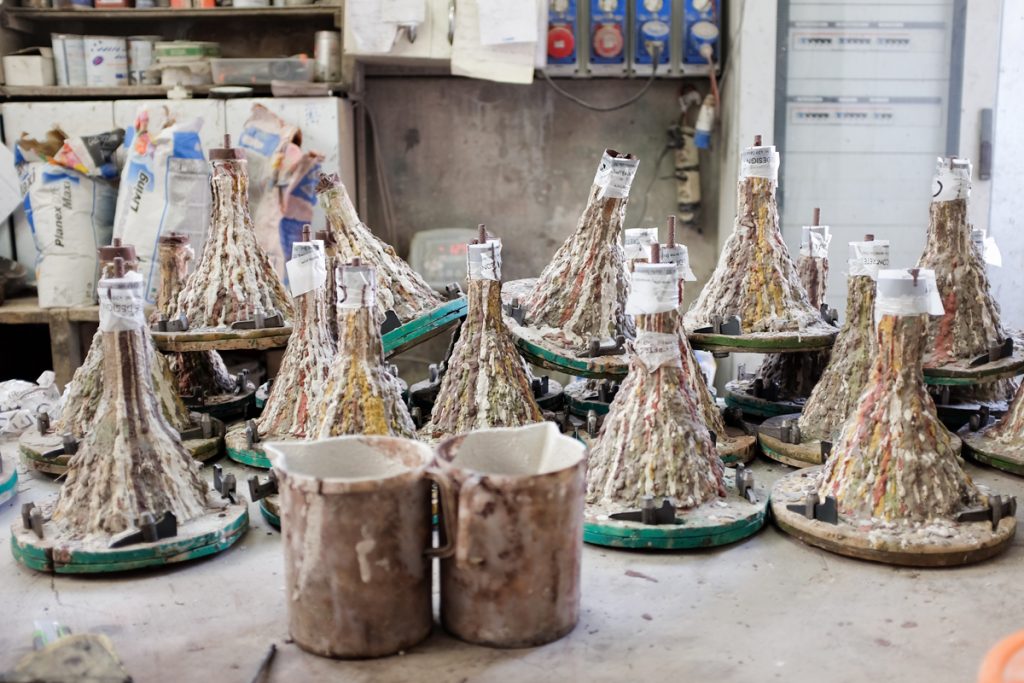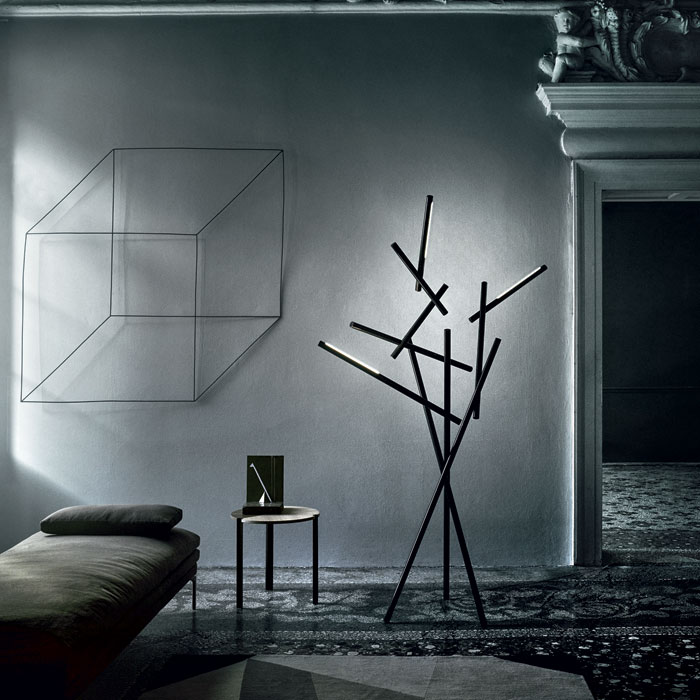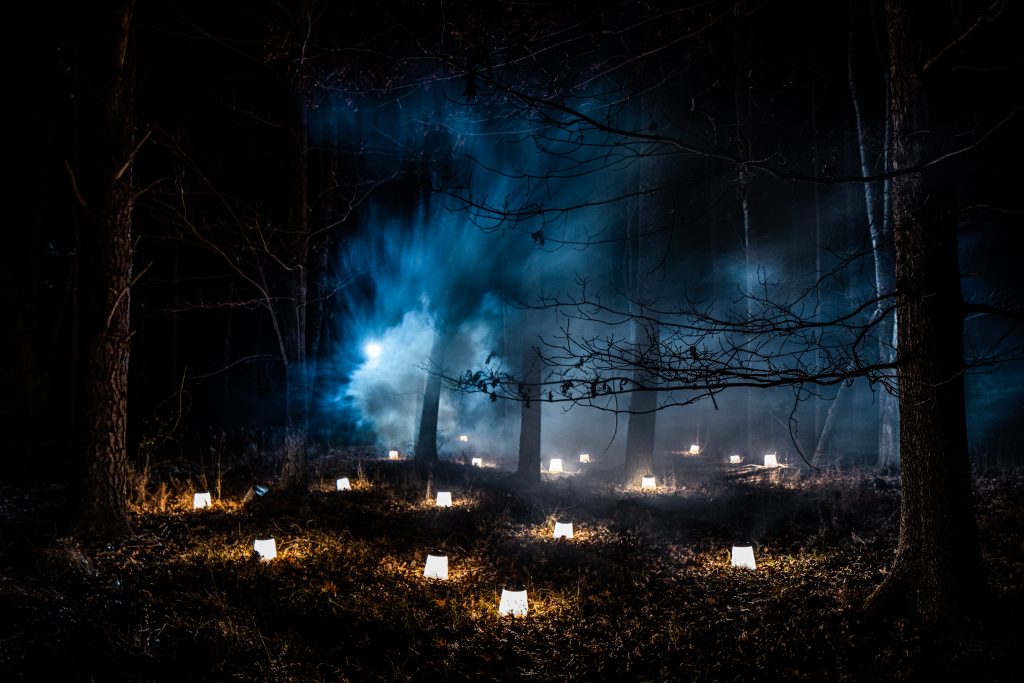Interview: Carlo Urbinati of Foscarini
The lighting company celebrates its 30th anniversary with seven new, limited edition Twiggy lamps on display at its NYC store

by LinYee Yuan
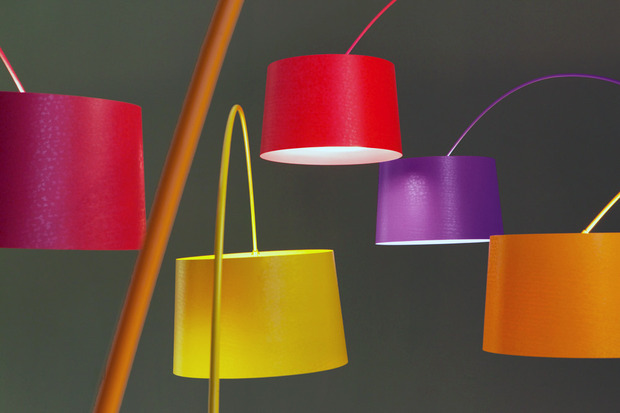
With a unique approach to working with designers to develop an extremely diverse product range, Foscarini has mastered the shifting landscape of lighting to celebrate 30 years in the industry. To mark the occasion the Italian brand opened a new showroom in NYC with a limited edition collaboration with designer Marc Sadler. On a recent visit to the showroom we spoke with Foscarini co-founder Carlo Urbinati about how he and his business partner Alessandro Vecchiato have weathered two lighting “revolutions,” their innovative approach to product development, falling in love and predictions for the next 30 years of lighting.
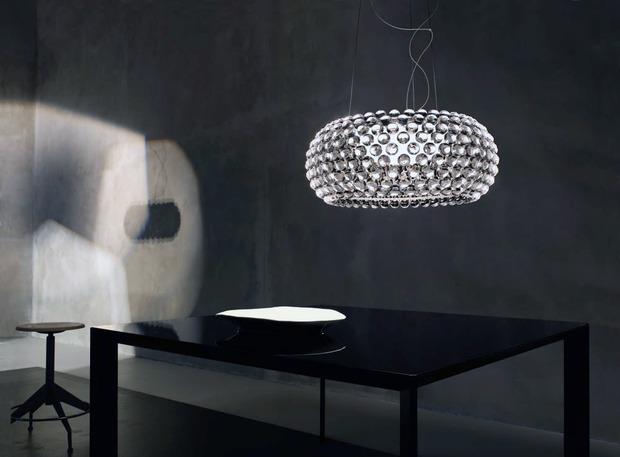
Foscarini is celebrating its 30th anniversary—can you walk us through some of Foscarini’s key innovations in lighting and design over that time?
Thirty years ago, we were going through a revolution in lighting with the introduction of the halogen bulb. At the time, the technology was still quite new and there was a lot of room to explore. We started by pairing halogen technology with designs using our main material at the time: blown glass. Through our efforts, we were able to address issues with over-heating and the lifespan of the bulbs.
Now we are in the middle of another revolution with LED lighting. We find ourselves moving away from all incandescents, halogen bulbs included. But LED technology is a deeper revolution and it is still caught in a storm. With LEDs, you never know what you’re looking at, if it’s going to be reliable, if it’s going to last or if it’s going to be replaced—there is no standard on the horizon yet.
This is one of the reasons it has taken us a few years to enter into the LED arena. LEDs have had an unreliable lifespan and light quality. One of our main goals when we develop a product is to cultivate a strong personality and unique character in the design. We want to be able to create an emotional response that would cause someone to fall in love with the light. And when you fall in love with something you don’t want it to die.

The idea of “pure emotion” is at the heart of Foscarini. Why do you focus on the emotional aspect of lighting?
It might be as simple as the fact that we like to focus on emotion. But it’s also a deep consideration of what we’re doing, where we’re doing it and what we’re offering. We strongly feel that we are a privileged people working on something that is really important—light.
We live in a visual world. Vision travels on light beams. As the origin of light in a room, we can help define the feeling of space.
Design can involve anything ranging from cars to scissors. Although design is one of our main assets, it is not the only way that we can enrich our product. Increasingly, we live in a visual world. Vision travels on light beams. As the origin of light in a room, we can help define the feeling of space. Having a bare bulb is not the same as having a rich crystal chandelier or an elegant Japanese rice paper lamp. Functionally, as a commodity, it delivers light. But emotionally, it delivers something more. This is what we’re focused on. We’re conscious that we are a big part of the mood that fills a room.
It’s easy to feel emotion when playing with light and shadow—the way you decide where the light goes, the way you get light out of the body of the lamp or how you position the light to have some reflection. The body itself is something to keep discovering as you go around it as some of our lamps are very asymmetric. It’s about a living experience using light. Developing the personality of each concept and working deeply with the designers to highlight what is very strong—this approach has been a huge innovation in our 30-year history.

What makes your development process so unique?
Now we find ourselves with a wide range of personalities and characters in our catalog. We are not producing something that has, what we call, a family feeling—when you see just one product and you understand that this is in line with the others. We have so many different languages and volumes and ways of handling light because we develop each product on its own. And in the end, this approach makes it both easy and difficult to understand what Foscarini is. It is a sum of different personalities.
Thirty years ago, we had masters that were still alive—still working, still delivering masterpieces. But from a company point of view, it felt like a single designer developing a line for a company rather than a company developing its own line. This is one of the most outstanding differences for Foscarini—the ability to work with a multitude of different designers. Our way of being Foscarini goes through all of them but no single person is Foscarini.
We have been developing a completely different way of working—it doesn’t matter if they’re emerging designers or masters; we have both in our collaborations. And we work with them from the concept stage. We have a relationship with designers where we say, “okay, you are the father but you need a mother. And we can be the mother,” to help develop the real strength of your concept. This is not to say that we bend the idea towards a Foscarini line, which is not our goal. We like an idea, we like a concept, we can provide some know-how and we are ready to do whatever is needed to develop the idea.
We also enjoy the unique status of being free of production constraints. This has put us in a very privileged position to be able to pursue strong ideas. If we had any sort of facility producing glass, iron, aluminum or wood, when developing a product we would try to convert the design to work for a specific production facility. Being completely free of this has put us in a position to focus on each product’s personality and to identify the specific technology, material and production method to realize the strongest design.
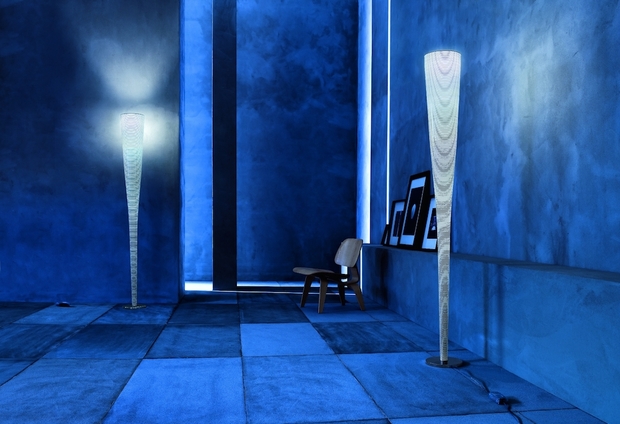
Marc Sadler is one designer who you’ve had a long history with. This year, you’re celebrating the Twiggy lamp by issuing it in a limited run of rainbow colors. What is the story behind the lamp and your relationship with Sadler?
Marc Sadler is a multi-talented designer; he started with ski boots and sports equipment and has designed many different things from transportation to bath fixtures. He is a deeply experienced professional who understands how to dig into new materials to create new opportunities and a new design language. When we met in 1999, he proposed a very challenging idea that turned into the fiberglass and Kevlar Mite lamp. Because the lamp took a few years to develop, we were able to cultivate a great relationship. The Mite won the Compasso d’Oro in 2001 because the technology was so strikingly new.
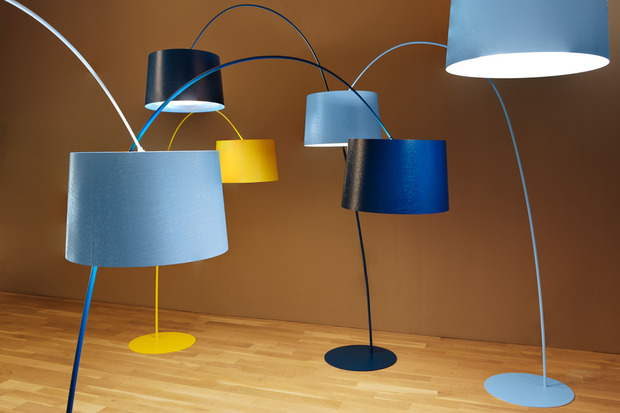
For the Twiggy lamp, the idea came from the lights that helm fishing boats. So the internal nickname at the beginning of this project was “fishing for light.” The final product has a very thin body made of fiberglass, giving it the ability to carry extra counterweights provided to lower the height of the shade, at such a significant distance from its base. This is not such an easy problem to solve from a technological point of view. The natural flexibility of the body also helped us in the development process. The lighting head was developed in order to be strong enough to provide light upwards and downwards. This proved to be a good choice because now we have a model using LEDs. So the form itself has proved to be flexible enough to house different lighting technologies without giving any impression of the technology behind it—you just experience the warmth of the light.
We don’t like to show technology because if we want to illicit an emotion, that emotion will come from a glance. If you’re distracted by the springs, lines and screws, this will rob you from the “pure emotion” we’ve worked toward. From your first glance, you should immediately get the idea of it: this is a line with a light.
This thin stick provided the support for the head but when we began working on the details, there was the question of how to adjust it. Initially we thought we would have to go outside the bow and put some springs or add some mechanism. So we went back to the main idea, which was flexibility, and that gave us an indication on where we should be working. So now, we’re using the flexibility of the pole body. Now you can adjust the head of your light by adding counterweights on it. The more you add, the more the head comes down. The less you add, the more it comes up so it’s easy, it works, and keeps the line as pure as possible.
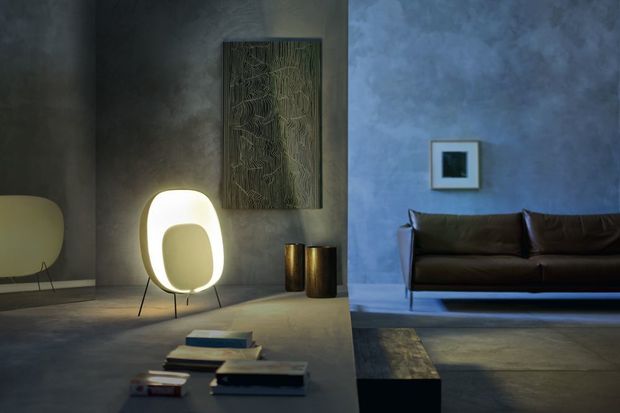
What are some trends you’re looking forward to in the coming 30 years?
I’m looking forward to the stabilization and standardization of LEDs. I expect the technology to be developed from several different directions. For example, one of its main limitations right now is that LED is a one-way lighting source. That quality is far from what we’ve come to expect in incandescent lighting. As a designer, it’s much easier to work on something that provides light from 360 degrees. Designers are sometimes forced to bundle LEDs, which is a limitation. I expect it to be overcome very soon.
I also expect the lighting world to grow in quantity. Our approach to the lighting world is to divide it between quantity and quality—not to say that one is good and one is bad. When you have a desk or dining table, you may want more or less lights. This is something you can measure. But the effect of one light over the next is something you cannot measure. That’s when you decide that you like that over this. This decision is not something rational that you can express with numbers. I do expect more and more growth—quantity—something that you don’t usually see in a recession. Even with the technology growing and getting even better, you will always need some lighting in a room that tells you, “Welcome home.”
Celebrate Foscarini’s 30th anniversary by visiting their NYC showroom at 17 Greene Street, where a special installation of seven new, limited edition colors of Marc Sadler’s iconic Twiggy lamps are being exhibited. The series comes fitted with both LEDs and the more traditional incandescent and halogen formats and will be on display until March 2014.
Images courtesy of Foscarini
